As the mobile space evolves at a fast pace, practitioners in this space have observed that best practices are becoming clichéd as they are rooted in the organisation and are not necessarily custom tuned to a new or agile organisation’s demands.
Sharing his views, Sanjay Trehan, Digital and New Media Consultant, observed that the best practices are based on predictable outcomes while next practices are more agile, more feet on the ground, more thinking in the cloud, more real time, more dynamic and constantly evolving. They address the needs of not just business processes, which best practices also address, but they address the needs of a value system or value driven organisation. They are open in nature.
‘The Mobile Landscape: Next Practices & Best Practices’ was the focus of conversation at MOBEXX 2019 at a panel discussion that was moderated by Sanjay Trehan. The panelists included:
Anita Nayyar, CEO – India & South East Asia, Havas Media Group
Arun Gupta, Founder & CEO, MoMagic Technologies
Deepanshu Manchanda, Co-founder & CEO, Zappfresh
Gaurav Ajmera, COO – India & South Asia, OYO Rooms
Harshvardhan Chauhaan, Central Head of Marketing & Digital Transformation, DLF Shopping Malls
Karan Kumar, Chief Brand & Marketing Officer, FabIndia
The next practices emerging in the mobile space
Arun Gupta: The key is to understand how the consumer behaviour is changing and also observe how our decision making has evolved in the last 5 years. Key message next practice should be agile enough to adapt from a few thousands to a few millions. Consumer behaviour is not consistent with time and hence, next practice will also need to be very agile.
The agility to address millions Vs narrow casting abilities in mobile space
Harshvardhan Chauhaan: As traditional businesses, you will reach only to an extent of what you are actually measuring. That’s what best practices helped us to do. In next practices we have really started looking beyond. Mobile has allowed us to look at a consumer as an individual and within that paradigm of Power of 1, we need to look at how to leverage AI or ML to better personalise our offering to our target audience. As marketers, we have started targeting consumers by motivation.
Targetting customers by motivation
Gaurav Ajmera: OYO’s approach is to reach out to the customers mostly through social validation, repeat engagement and understanding the current market. Social validation is very critical. We see in a lot of businesses referral is big tool to reach out to more customers.
Harnessing social signals
Karan Kumar: I think the baseline is that best practices are not necessarily conditions that you cannot surpass. As the consumer journey evolves, as a marketer you need to track that customer journey and try and find solutions for each leg of that journey. At FabIndia, there is a huge component of what we do in terms of personalisation and targeting specific customer needs. At the same time, there is also space for communication which is mass targeted.
From optimisation to innovation
Deepanshu Manchanda: Micro segmenting really helped Zappfresh to further target our campaigns. Optimisation is at our core. We as a business do not believe in burning a lot of money. Today, if you need to be highly effective, you need to use technology and be very aware as to where the money is going. As far as innovation is concerned, we are exploring AI and machine learning, as well as finding out ways to optimise our inventory levels and reduce our wastages. We are using blockchain technologies to track our inventory.
Looking beyond conventional segmentation
Anita Nayyar: Targeting consumers via motivation, through social validation , personalisation, customisation, optimisation – we use all these factors in media planning. It is no longer about mere reach or frequencies. I don’t think there are any best practices, there are just practices over and over again, because each practice is different. It’s not like one size for all. For me, a practice that is being used to customise and to personalise is going to be very different. What we need to really concentrate on is the next practice, and all of these factors put a lot of light on what your next practice is going to be.
When somebody says they have cracked the code, I would like to go learn from them on how to use mobile to reach customers and to actually convert them, because we are all here for business and sales. How is that conversion happening – it’s a big black hole there.
Is there a new world beyond the 4 P’s?
Arun Gupta: The key is to constantly innovate. There are some challenges in this, the first one being allocating a budget for innovation. If you keep on thinking in a cost sensitive way you cannot innovate. I think the fundamentals of the 4P’s will remain, but the scope will change. It has become very tough to predict behaviour. So far, whenever we talk about the data signs, we are only talking about our own behaviour and then predicting the future behaviour based on our past behaviour. But the market is moving away from that. I think data signs are also going to evolve and the challenge is that there is a cost to do the data signs. Are we ready to pay that cost?
Of look-alike modeling and going beyond the conventional piece
Harshvardhan Chauhaan: The first P that I really see is ‘Problem’ first – the biggest mistake that we as businesses do is taking Product first rather than Problem. Most businesses are built on the psyche that I have a product and I will go to the market and sell it without asking whether there is a problem that the consumer feels and is it a problem severe enough for him to pay. The second is Personalisation in this digital age, which means that if the product offering cannot be customised to satisfy the need that you have identified by segmenting through motivation, then it fundamentally deteriorates your equity in the long term. The third P I think is Pretend, where you have to constantly pretend that tomorrow something will go wrong and how you can do better if this does not work, which keeps you in a state of chaos and vulnerability. The fourth P is Pivot – being dispassionate about your business. No matter what you started with, most successful businesses have pivoted; and therein lies the founder’s dilemma. These 4P’s for me fundamentally change the way we should trade in next 5 years.
Sanjay Trehan: There are two key takeaways for me – the first is that ‘best is the enemy of better, but best can always be better’. This is a constantly evolving space. The second big takeaway is that only the brave will inhabit the new world. You need to be constantly daring, innovative. You need to be packed not just with big budgets, but also conviction. You have to take that leap forward.





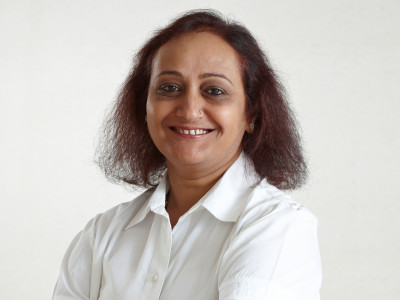
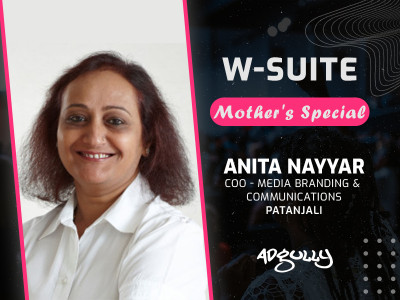
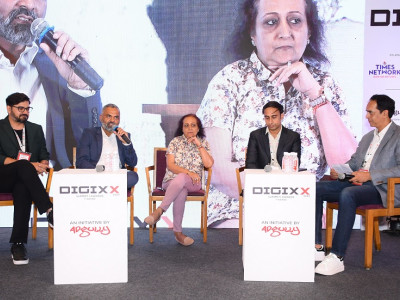
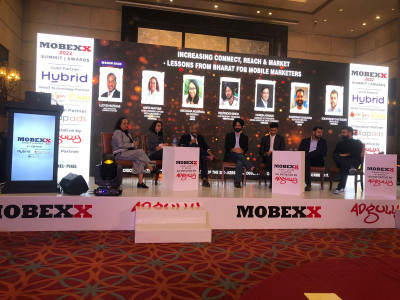

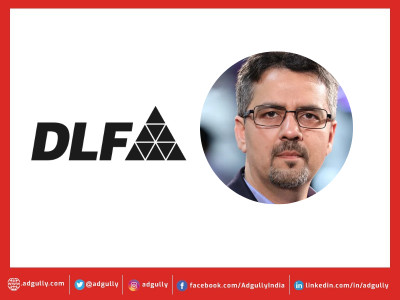


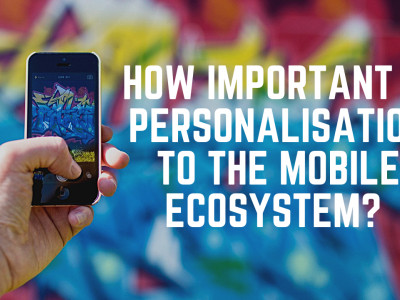
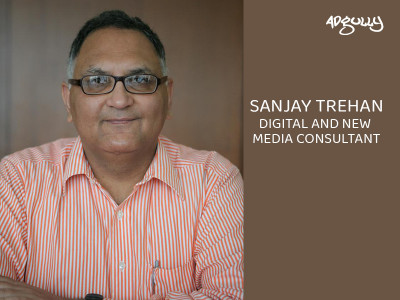


Share
Facebook
YouTube
Tweet
Twitter
LinkedIn